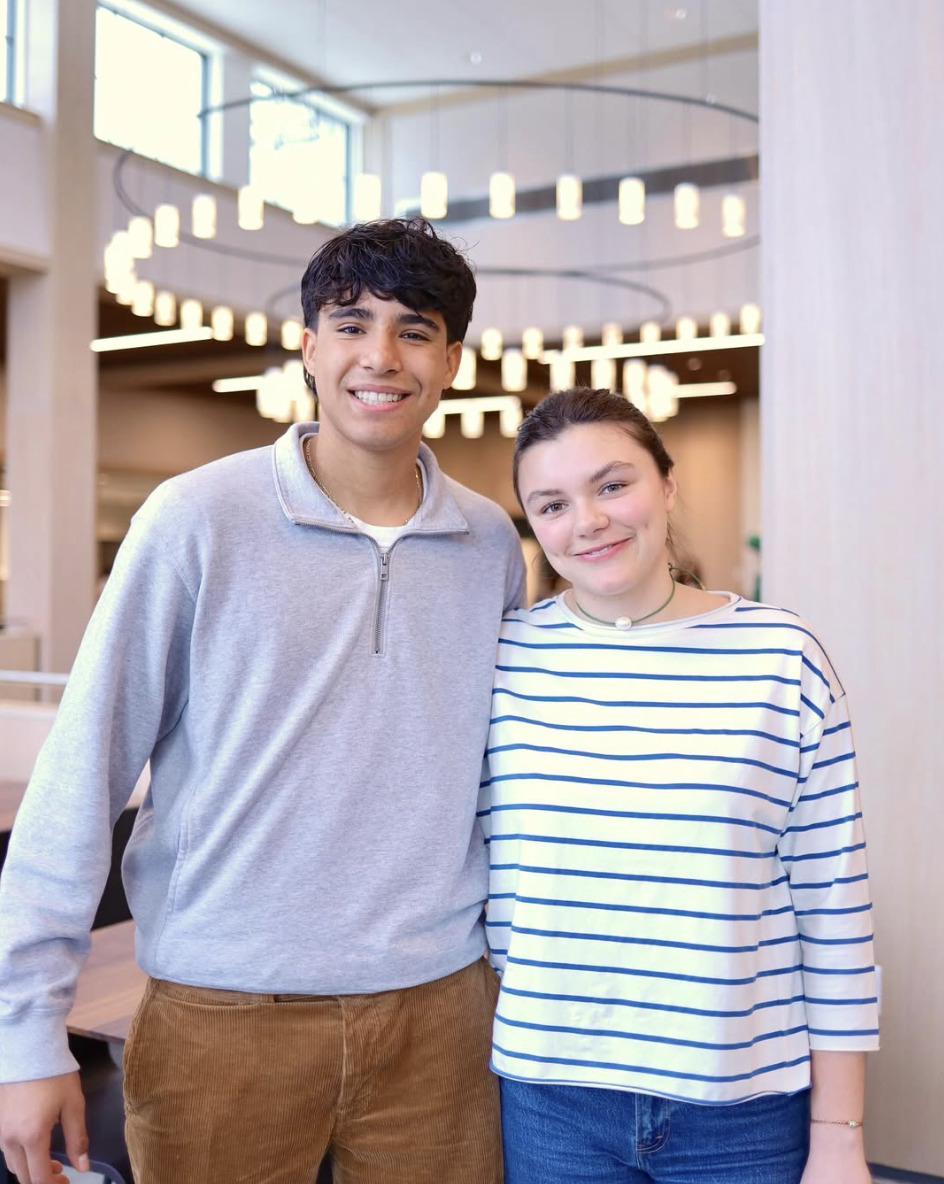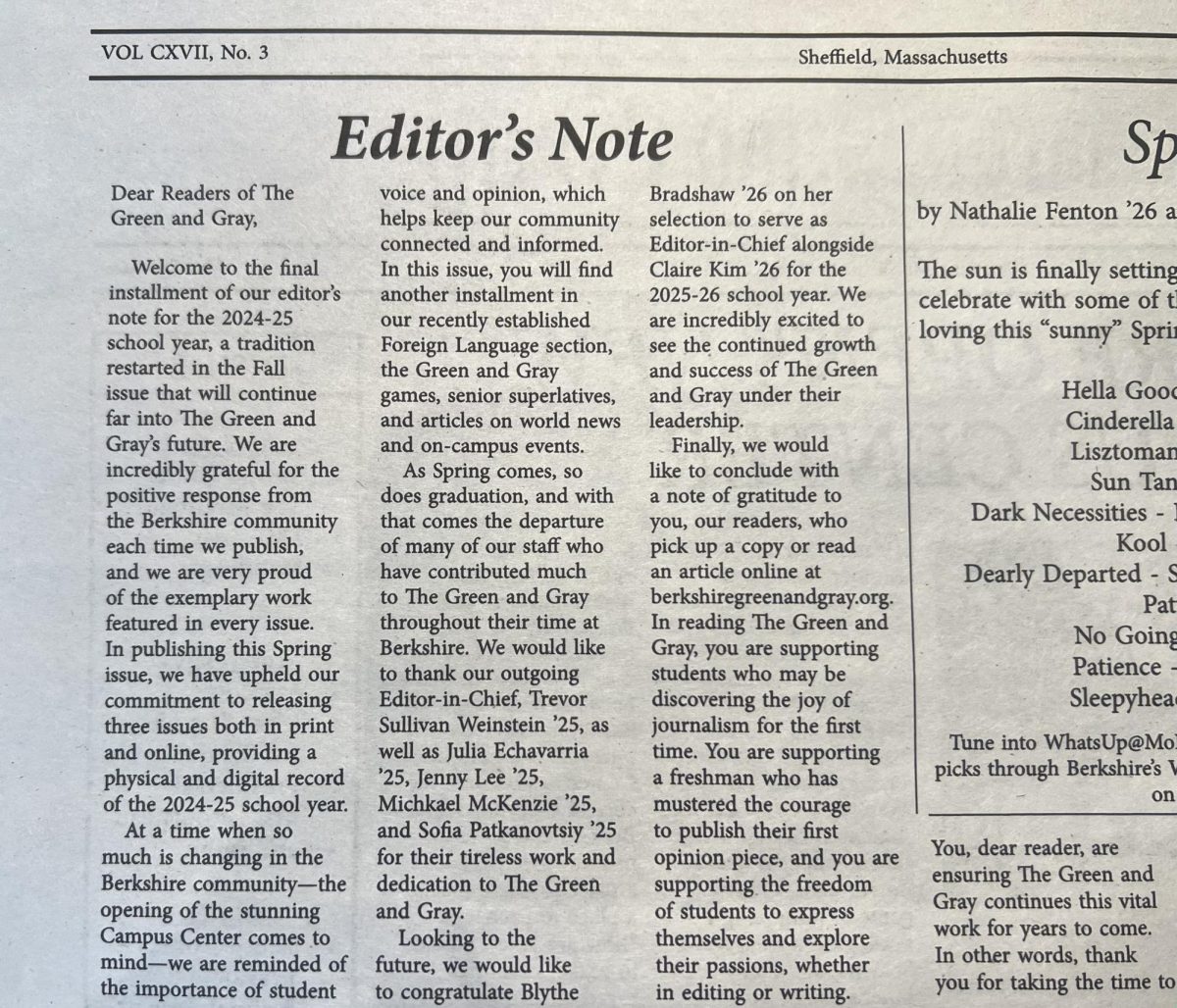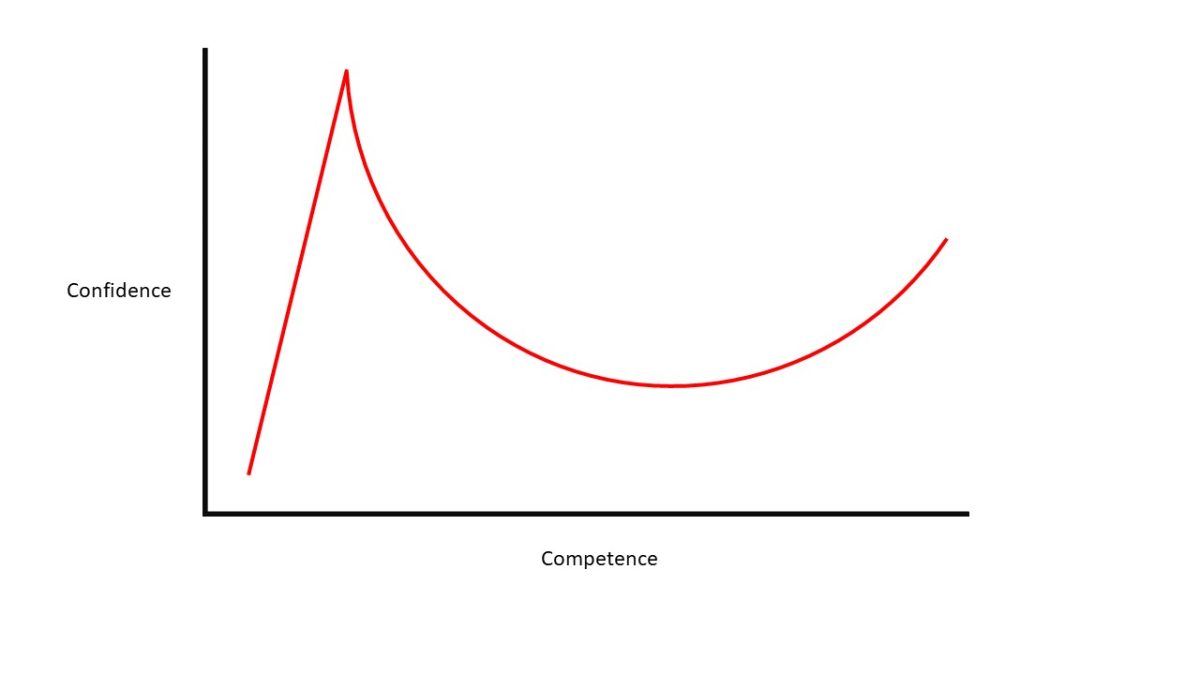I woke up this morning with a pimple on my face and bags under my eyes. Is this a result of my aging more quickly than other generations? Gen Z’s perception of our bodies and age has been completely warped due to our overconsumption of media and technology, resulting in our being forced to age much faster than previous generations and upholding damaging and unrealistic standards. It is the responsibility of the platforms that produce these harmful standards to filter and remove content and accept liability in situations where their inaction caused devastation.
I look at myself in the mirror, and what do I see? Compared to the bodies that fill my feed every day on Instagram, not muscular nor angular enough. Gen Z has grown up with the advent of technology and the creation of social media which has had catastrophic consequences. According to Statista, most Instagram users are Gen Z, with ages ranging from 18-24. Most users below 18— the age required to set up an Instagram account—simply put 18 and create the account. As teenage brains are still developing, the images they consume and the messages they internalize can have catastrophic consequences. However, this wasn’t always the case. Generations before had icons with unrealistic bodies, but that was their allure; they were unattainable people. There was Marilyn, Cindy, Linda, Naomi, and Christy, to name a few. People understood that their bodies were nearly impossible to achieve, reducing the urge to appear similar, possibly harming their bodies in the process. Inconceivably, Marilyn Monroe would be considered a plus-size model by today’s fashion standards. When Gen Z has been surrounded by people on social media for our whole lives, we see younger people looking older and more mature. Since there are so many of these people (or appear to be more) than before, this perfect, idealist body becomes seemingly attainable.
Of course, Gen Z’s obsession doesn’t stop above the neck. is so obsessed with how our body looks, why wouldn’t it stop at our face? In the age of the internet, facial care and anti-aging techniques have become all the rage, with older people looking younger and influencers claiming to have all the answers. Anti-aging has especially taken hold with Gen Z, with many articles written about the rise in requests for products, and cultural commentary occurring through discussions about so-called “Sephora Tweens.” According to The Guardian, children as young as 10 are requesting anti-aging products, as they become inundated with images of youth and beauty. These tweens are following multi-step complex skincare routines to ensure they look good, which might not even be necessary for their young skin. These routines in turn make them look older and cost significant amounts of money. Eventually, if these skincare routines don’t make a noticeable difference, tweens move on to different brands, damaging their skin and possibly causing issues later on.
However, it is extremely important for all children, especially those who might have underlying health conditions to consider what products, routines, or exercises might be best for their health. Unfortunately, an obsession with these products and exercises can have unintended consequences. Between 2000 and 2018 (the period in which social media became relevant) the number of eating disorders doubled, with cases of increasing severity being reported consistently. It is the responsibility of social media companies to filter content and trends that are damaging to one’s health. Currently, social media companies have escaped legal accountability for their ills, but we must ensure that the legal system protects the individual, not the corporation.
Gen Z’s focus on body image has manifested itself through disturbing trends on social media platforms, most notably TikTok. The normalization of unhealthy proportions and eating is a direct cause of our warped perception of age. According to Today, one of these trends is “mewing,” where participants put their tongue on the roof of their mouth to “reshape” their jawline and increase the visibility of their masseter muscles. In this reshaping, some have gone as far as to crack their facial bones to restructure their face according to their desired proportions. Additionally, there is a large community on TikTok that consumes “glow-up” posts, which are videos that show the difference in a person’s appearance over what seems like a short amount of time. There are currently 14.1 million videos attributed to the glow-up hashtag on TikTok, and although they may seem unharmful, the videos represent another facet of Gen Z’s perception of our bodies and our age. I participated in this trend, taking a video one year apart, and I remember being quite disappointed when there did not appear to be much change in my appearance. These unsatisfactory feelings can encourage drastic changes in one’s body and health to achieve that “glow-up” look, which is then posted, continuing the damaging cycle.
As social media continues to grow and younger generations discover the dissonance that exists on those platforms, it is up to Gen Z to ensure that our experience is not passed on to those younger than us. The perception of our bodies and age has never been so convoluted, but we must call on social media companies to moderate the content posted, and ensure that companies can face the deserved legal consequences for their (in)actions. Our generation can and will end the twisted perceptions of our bodies and age.
Sources:
U.S. Instagram users by age group 2024 | Statista
Children as young as 10 demanding anti-ageing products, say UK dermatologists
Why are eating disorders on the rise? | OHSU
The Teen Mewing Trend, Explained
Gen Z Asks: Are We Aging Faster Than Other Generations? – The New York Times
Do Supermodels Age, or Just Get Airbrushed? – The New York Times
Generation Z in the United States – Statistics & Facts | Statista
Gen Z mental health: The impact of tech and social media
On the Cusp of Adulthood and Facing an Uncertain Future: What We Know About Gen Z So Far
Anti-aging market size worldwide 2021-2027 | Statista
Eating Disorders in Gen Z | ANAD – National Association of Anorexia Nervosa and Associated Disorders










